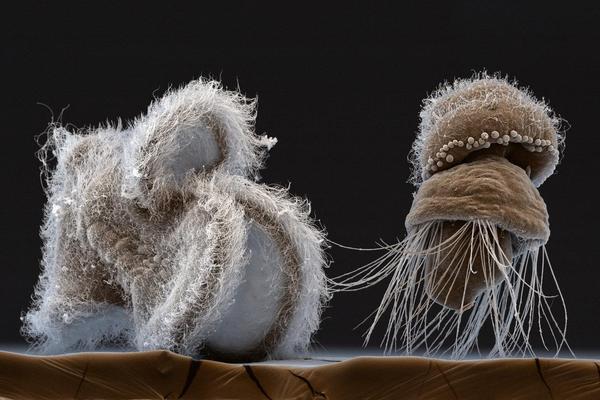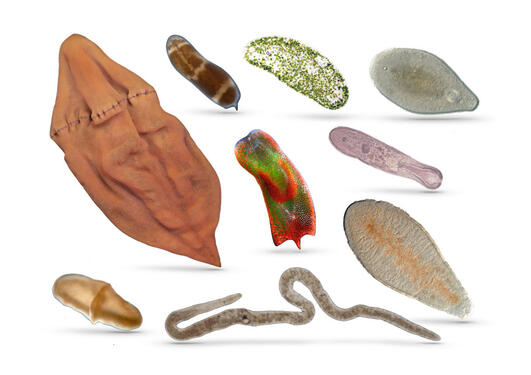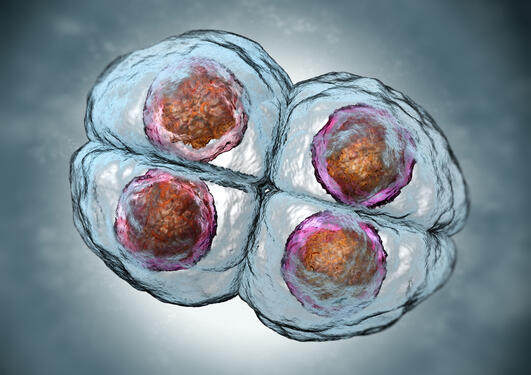
Hejnol Group "Comparative Developmental Biology of Animals"
Our group studies a broad range of animal taxa using morphological, molecular and genomic tools to understand the evolution and development of animal organ systems.
Life evolved in the sea and also main animal lineages originated in the oceans. The study of marine animals thus provides a fascinating resource to understand in depth the origin of major animal organs systems before they diversified into highly specialised organs found in terrestrial animals including humans. The improved resolution in the animal tree and advancements in technology such as novel sequencing, microcopy and molecular tools allow to investigate a much broader number of marine animals and their embryos than ever before. This opens the opportunity to strategically sample many species to test previous hypotheses and develop new ones. Genomic changes can be now correlated with evolutionary changes in morphology providing to ask novel questions.
Our group studies a broad range of animal taxa using morphological and molecular tools to unravel the evolution and development of animal organ systems.
To understand the evolution of the biodiversity seen on planet earth is one of the major goals in biology. How animals explored new habitats from only being confined to the marine environment and the how the forms diversified is still one of the most tremendous questions to be answered.
In the “genomic age” with its novel and advanced molecular tools one is able to study the connection between the genotype and the phenotype and how the interaction of genes and cells lead to the formation of a fertile adult, that is able to reproduce and thus assure the survival of its species. The “translation” of the genomic information into a living individual is realized during the process of development. Studying the development of an organism in which a single fertilized cell gives rise to a complex animal is not only fascinating, but is also one of the key processes to study to understand the evolution of animal diversity.
To understand the evolution of animal diversity one has to study the development of a broad range of diverse animal groups using the comparative approach. Our team applies modern descriptive and molecular techniques to gain this information from a broad range of animal taxa using animals that can be kept in the laboratory but also collected from the local marine biota.
Beside established morphological methods like confocal microscopy we are using 3D timelapse microscopy (4D-microscopy) and single blastomere injections of cell tracers to study the cell lineage of embryos of mainly marine invertebrates.
Molecular approaches include the study of gene expression patterns and experimental methods to unravel the genetic framework underlying the formation of different organ systems, such as the CNS, the alimentary canal and other organs. Large scale sequencing approaches are used for gene discovery and are also used for the phylogenetic placement of the specific species.
The research focus on the description of the development regarding cell lineage and gene expression includes understudied taxa such as local bryozoans, brachiopods, nematomorphs, aplacophoran molluscs, platyhelminthes, priapulids, polyclad flatworms etc.
Molecular functional approaches are used to study the development of acoels, rotifers and gastrotrichs.
Further collaborative approaches address the use phylogenomics to resolve metazoan phylogeny.


